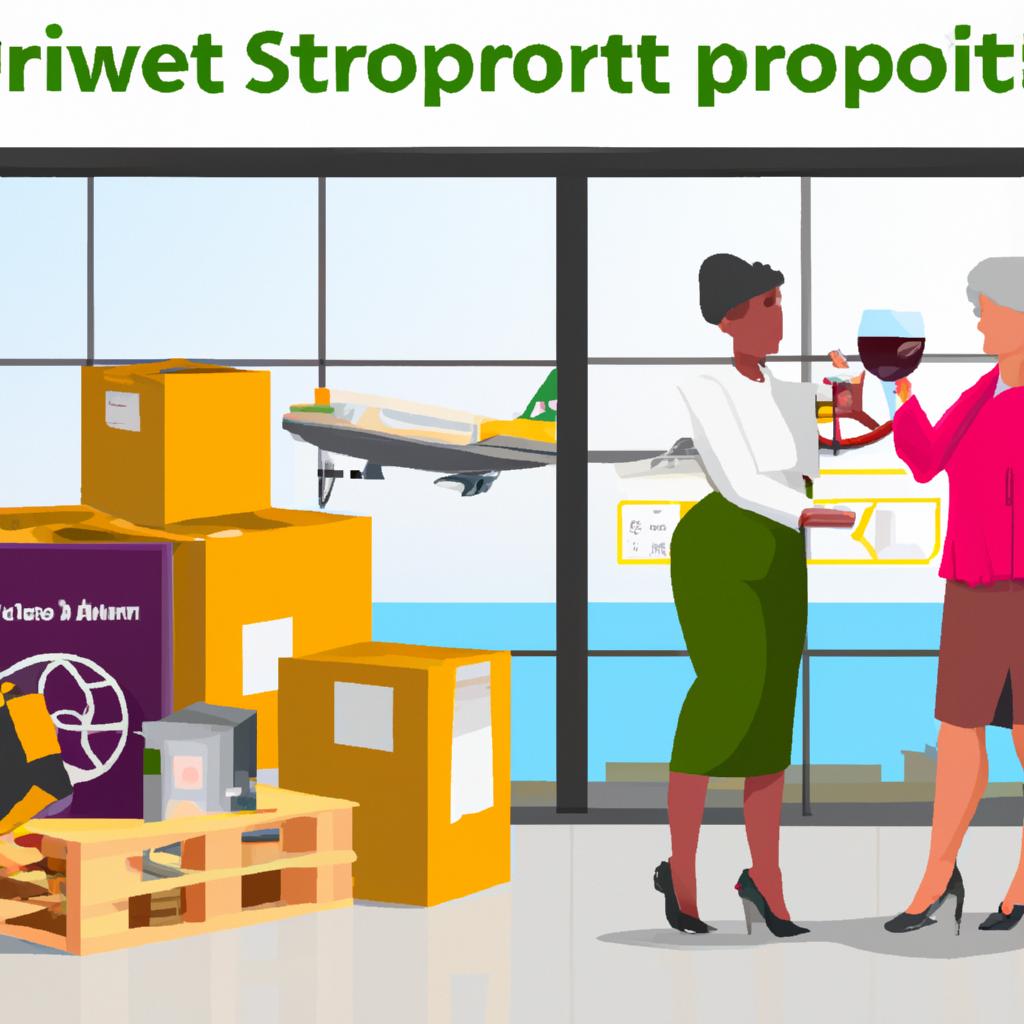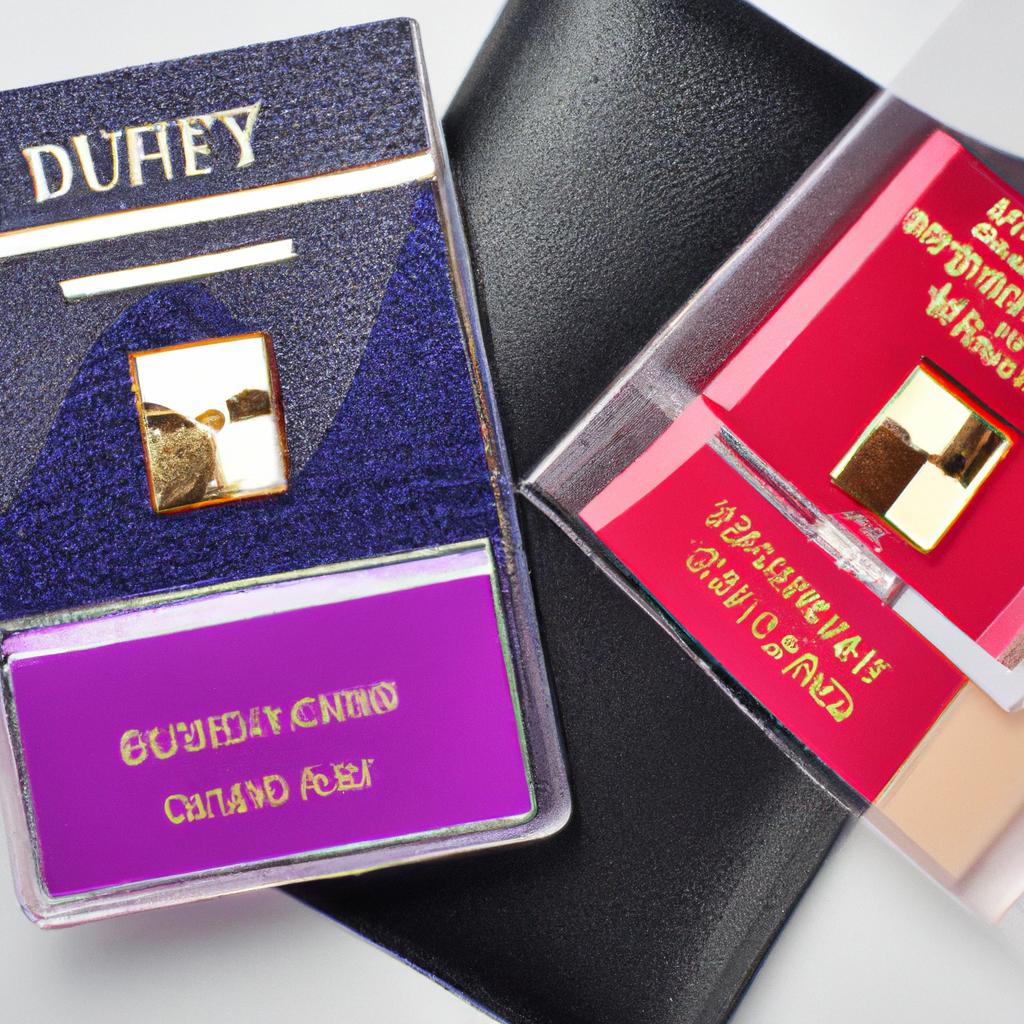In a world where global shopping has become as effortless as clicking a button, navigating the intricacies of customs can feel daunting for even the most seasoned travelers. Whether you’re a frequent flyer bringing back exotic finds or a casual shopper indulging in online purchases from afar, understanding import rules and duty-free limits is essential to ensure a seamless experience at the border. This guide aims to demystify the often-complex regulations governing what you can bring back from abroad, offering you practical insights that empower you to shop smart without the surprise of unexpected fees. Join us as we explore how to navigate customs with confidence, turning your retail therapy into a hassle-free adventure.
Understanding Import Regulations for Seamless Shopping Experiences
Navigating the world of international shopping can be thrilling, but understanding the various import regulations is crucial for ensuring a seamless experience. Each country has a unique set of rules that governs what can be brought across its borders and the applicable duties. Familiarizing yourself with these regulations can save you from unexpected delays and fees. It is essential to consider factors such as:
- Value Limits: Different countries have specific monetary thresholds under which goods may enter duty-free.
- Prohibited Items: Certain products may be banned entirely, such as specific pharmaceuticals or perishables.
- Documentation: Ensure you have all necessary customs forms and receipts for your purchases.
Moreover, knowing your duty-free limits can significantly enhance your shopping strategy. In the U.S., for example, travelers can bring goods worth a certain amount into the country without incurring duty fees, which often varies based on their travel route. Below is a summary table displaying common duty-free limits across several countries:
| Country | Duty-Free Limit (USD) |
|---|---|
| United States | $800 |
| Canada | $800 |
| United Kingdom | $1,300 |
| Australia | $1,000 |
Being well-versed in these rules can empower you to make informed purchasing decisions and enjoy your shopping endeavors without the hassle of customs surprises. Check the official customs website of your destination before you travel to ensure you are up-to-date on the latest regulations.

Maximizing Duty-Free Allowances for Savvy Travelers
For the seasoned traveler looking to stretch their budget without sacrificing quality, understanding and maximizing duty-free allowances is essential. Many countries offer generous exemptions, allowing you to bring back goods without incurring customs duties. This is especially significant for high-value items such as electronics, luxury goods, or local delicacies. Familiarize yourself with the specific limits for your destination, as these can vary dramatically. Here are key items to focus on:
- Alcohol and Tobacco: Many destinations allow travelers to bring back a set quantity of spirits or cigarettes.
- Luxury Items: Some locations permit a limited amount of luxury goods; know the thresholds before splurging.
- Cultural Artifacts: Be cautious with items like artworks or antiques; they may have restrictions.
Keeping track of your purchases is essential to ensure you stay within the permissible limits. It’s wise to retain receipts for high-value items, as some customs authorities may ask for proof of purchase. Additionally, certain countries have specific regulations governing how many items you can bring in, even if they fall under the duty-free limit. Consider the following table as a quick reference guide to help you remember common duty-free limits:
| Item | Quantity Limit |
|---|---|
| Alcohol (Spirits) | 1 Liter |
| Tobacco Products | 200 Cigarettes |
| Perfumes | 60 Milliliters |
| Gifts | $100 Value |

Essential Tips for Avoiding Common Customs Pitfalls
When navigating customs, knowledge is your best ally. First and foremost, familiarize yourself with the **import rules** specific to your destination country. Each nation has its own set of regulations regarding what can and cannot be brought in, and these can vary widely. To ensure smooth sailing, check out the customs website of the country you’re visiting or consult with travel forums. Here are some key areas to focus on:
- Prohibited Items: Make a list of items that are strictly forbidden to avoid confiscation.
- Restricted Goods: Some items may require special permits or licenses, such as firearms or medications.
- Customs Declarations: Be prepared to declare certain goods upon entry to avoid fines.
Another crucial aspect to consider is understanding **duty-free limits**. Duty-free allowances can help you enjoy your shopping spree without the burden of extra taxes. It’s vital to know how much you can bring back without paying duties. Typically, this includes gifts, souvenirs, or personal items; however, there are often monetary thresholds that apply. Here’s a simple table summarizing a few common duty-free limits for various countries:
| Country | Duty-Free Limit |
|---|---|
| United States | $800 |
| United Kingdom | £390 |
| Canada | $800 |
| Australia | AUD $900 |
By being proactive about understanding the rules and limits, you significantly reduce your chances of encountering problems at the border. Plan wisely, and you’ll be able to enjoy your travels without the burden of customs issues weighing you down.
Closing Remarks
As you embark on your international shopping adventures, remember that navigating customs doesn’t have to be a daunting task. Equipped with knowledge about import rules and duty-free limits, you can make informed decisions that enhance your travel experience while avoiding unnecessary pitfalls. Whether you’re hunting for unique souvenirs or timeless treasures, understanding these guidelines will empower you to shop smartly and responsibly. So pack your bags, savor the excitement of discovery, and embrace the thrill of bringing your finds back home—after all, great memories and good deals are just a customs checkpoint away. Safe travels and happy shopping!
